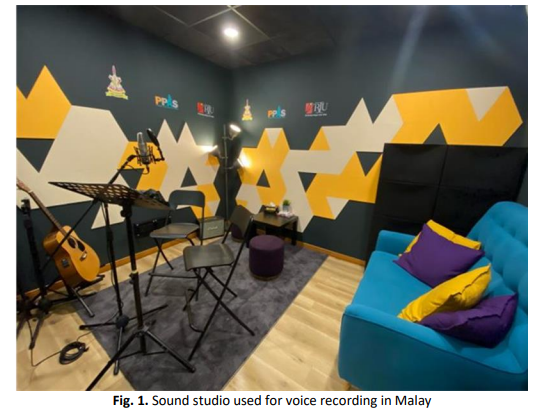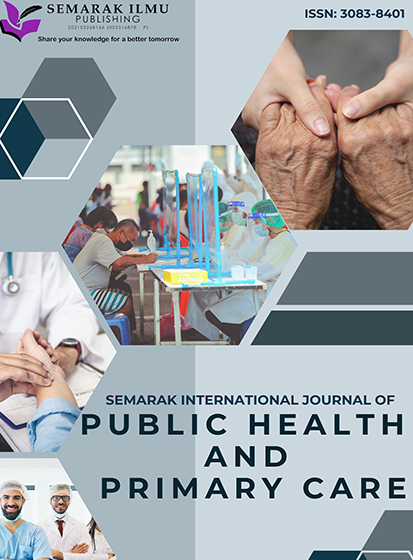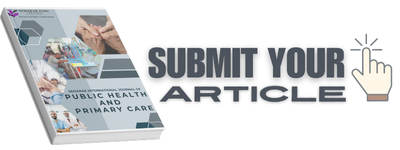Translation, Adaptation, and Integration of the Automated Method for Testing Auditory Sensitivity (AMTAS) instructional video in Malay
DOI:
https://doi.org/10.37934/sijphpc.2.1.2027bKeywords:
Automated Audiometry, AMTAS, Translation, InstructionsAbstract
The growing demand for hearing healthcare services in Malaysia, aggravated by a shortage of audiologists, underscores the need for alternative solutions like automated hearing assessment tools. The Automated Method for Testing Auditory Sensitivity (AMTAS), a widely recognized system internationally, has not yet been adapted for use in Malaysia. This study aimed to translate and validate the AMTAS instructional video into Bahasa Malaysia, enabling its application among the local population. The verbatim translation approach ensured word-for-word accuracy to maintain instructional integrity. The translated content was incorporated into the AMTAS system, providing clearer instructions for Malaysian users. The methodology involved a multi-step process: transcription of the original video, translation into Malay, and final review by language experts. Results indicated that the Malay version of the instructional video improves accessibility, leading to enhanced user comfort and response accuracy. This initiative addresses the language barrier in hearing assessments and contributes to expanding AMTAS usability in Malaysia. In conclusion, the translated video can facilitate better hearing assessments, particularly in rural and underserved communities, potentially improving audiology services nationwide.









